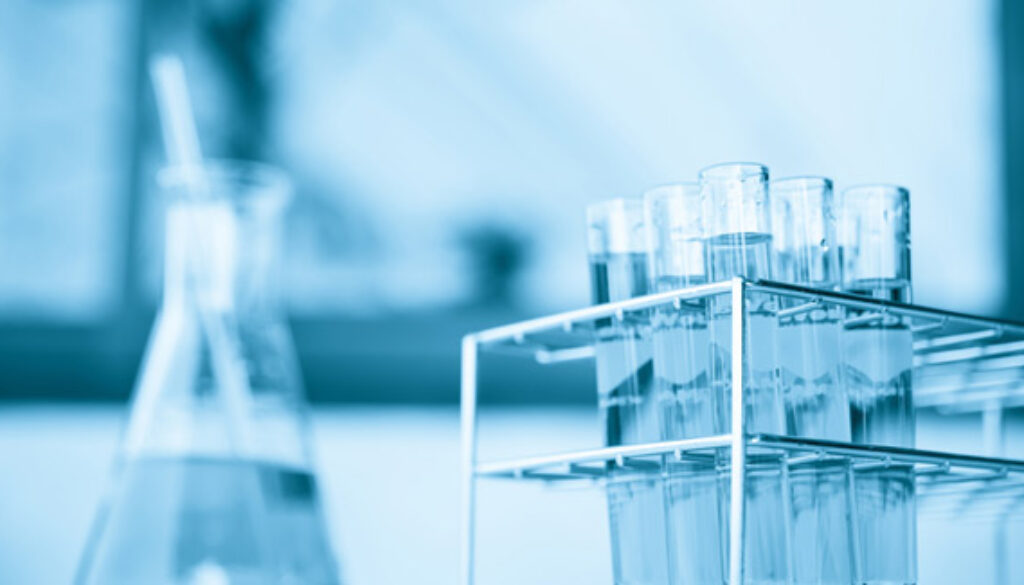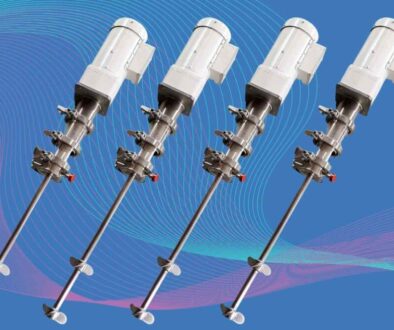Top Biopharmaceutical Manufacturing Trends in 2017
The biopharmaceutical manufacturing industry has been growing in leaps and bounds in the last few years. Expansion is expected to continue in 2017, especially with the growth of facilities in developing countries like India and China.
Many of the innovations in technology and drug development are likely to come from contract manufacturing organizations (CMOs) and not the branded biopharmaceutical companies. Because they work on several different client projects at any one time, CMOs have to be more agile in their approach to manufacturing. They are therefore more driven to research and adopt new technologies that can increase capacity, productivity and time to market.
Continued Growth in Single-use/Disposable Mixing
Although stainless steel systems continue to be used for specific biologics and large volume processes and for pressure and vacuum mixing applications. Single-use technology employing disposable plastics will continue to grow in preference to stainless steel systems.
Single-use mixing is the cornerstone of upstream processes and offers manufacturers several benefits:
- Elimination of cleaning and sterilization
- Reduction in cross-contamination risk
- Flexible manufacturing that conforms to cGMP
- Fast adjustment of production schedules
- Implementation of continuous mixing
The use of flexible manufacturing incorporates process replication where the same equipment can be used to simplify processes and decrease production time. Manufacturers using single-use systems have access to a wider range in the scale of production. Single use blending is popular for:
- Media Prep
- Buffer Prep
- Filtration Holding
Mixing in single use bags and carboys are popular and available in a number of orientations:
- Top entry single use mixer
- Bottom entry mixer for single use
- Carboy single use blending
- Mag drive single use stirrer
- Bioreactors employing single use technology
Although there will be a trend for the increasing adoption of single-use technology overall in the biopharmaceutical industry, experts predict a marked increase in the manufacture of biotherapeutics, as this is the perfect market for the application of single-use technologies.
Advances in Downstream Technologies
2017 is likely to see an upsurge in the development of downstream technologies. While there have been improvements in upstream processing, downstream technologies struggle to keep up. Current technologies tend to be inefficient and costly, and continue to limit productivity.
A majority of biopharmaceutical manufacturers view downstream purification as the most capacity-limiting stage of their process. CMOs are expected to invest in research into the use of in-line buffer dilution systems, high capacity resins, disposable UF systems and single use TFF membranes.
The Cambridge Healthtech Institute is holding its ninth annual summit in August 2017 to discuss advances in purification technologies. Topics up for discussion may include current research into:
- Continuous downstream processing
- Disposable pre-packed columns
- Precipitation and flocculation techniques for improved filter capacity
- New membrane adsorber technologies
- Using activated carbon in polishing
- Advances in chromatography
Botanical Plant Oil & Concentrate Production
North America is expected to dominate the soaring demand for nutraceuticals in the years ahead. This is being driven by growing consumer preference for organic food and natural derivatives obtained from non-genetically modified foods. There is also a growing trend towards herbal remedies for health problems.
The nutraceuticals market will grow to include the extraction of essential oils from various parts of plants. This includes leaves, flowers, seeds, stems, fruit, resins and bark.
As consumer demand grows for natural foods and remedies, the production of botanical oils and concentrates will increase. This includes the production of plant oils from botanical plants which requires sophisticated mixing technology.
The Pivotal Role of Mixing Technology in Biopharmaceutical Production
Mixing and blending play an indispensable part in biopharmaceutical manufacturing to ensure uniform and optimal mass transfer at each stage of the process. Mixing equipment is used throughout the process, upstream and downstream, and must be carefully designed for each application. The design of mixers and blenders, along with mixing time and agitator speed, will affect the efficiency of process operations.
The importance of mixing is well illustrated in the production of botanical plant oils. The extraction of cannabinoids from botanical plants involves controlled mixing processes using ethanol as solvent. After cannabinoid extraction, the plant material must undergo decarboxylation to optimize the extraction of the main active ingredients. The cannabinoid oil is often blended with plant terpenes using magnetic stirrers to produce various oils and concentrates to suit.
All biopharmaceutical processes require strict control of mixing and blending equipment to achieve optimal plant performance and product quality. With vast opportunities looming in the biopharmaceutical industry, a global expert in the field of mixing and blending technology will provide a turnkey solution for any application.




